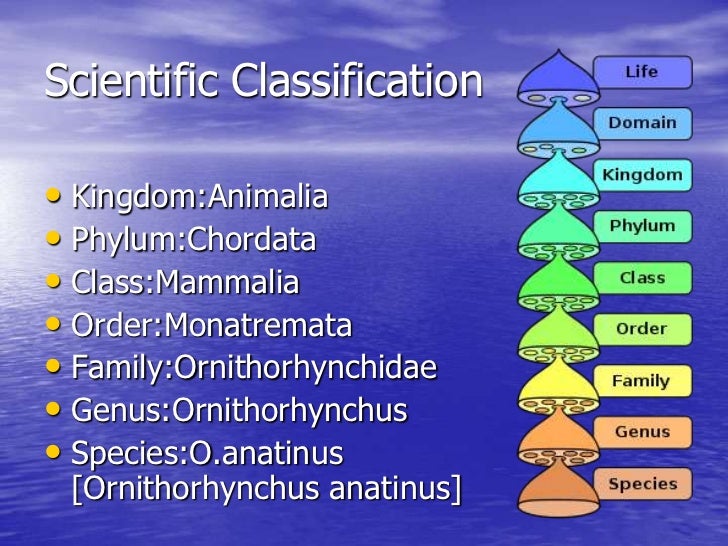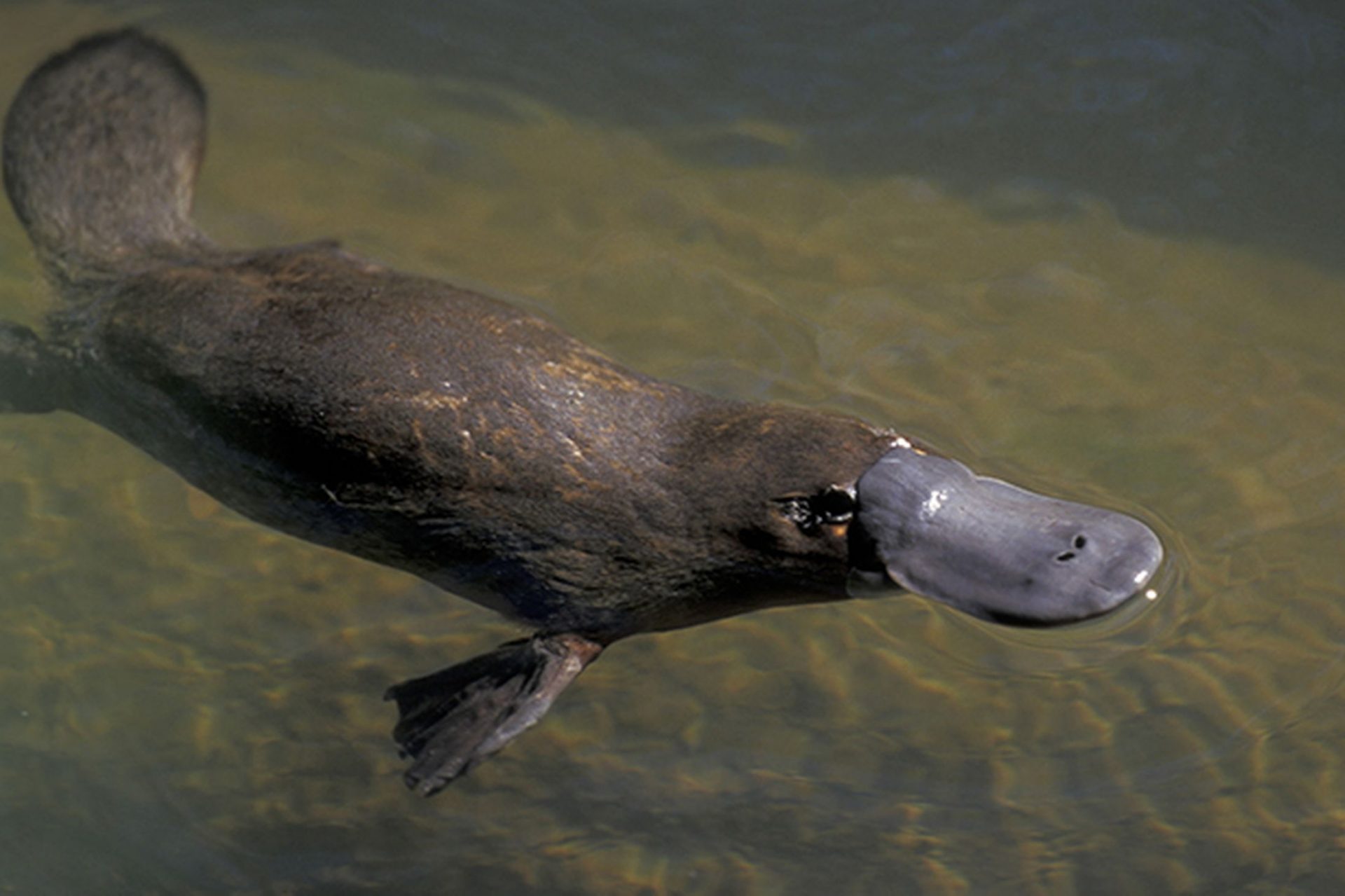

For the first time, an international team of researchers, led by University of Copenhagen biologists, has mapped a complete platypus genome. Their understandings have now advanced, to a great degree. Modern day researchers are still trying to understand how the platypus - often considered to be the world's oddest mammal - got to be so unique. Ever since Europeans discovered the platypus in Australia during the late 1700's, the quirky, duck-billed, semiaquatic creature has baffled scientific researchers. Platypuses lay around 1-4 eggs and they take only 10-14 days to hatch.It lays eggs, but nurses, it is toothless, has a venomous spur, has webbed feet, fur that glows and has 10 sex chromosomes. The venom is not lethal to humans, but is extremely painful and has been known to kill dogs. They are hollow and connected to venom glands via a duct. The spurs are located on the ankles of the hind legs.

Another interesting part of the platypus anatomy is the poisonous spur. The nostrils of platypuses are located on the top of the bill so that they can breath while most of their body is submerged. The platypus does not have teeth, but rather has grinding pads and uses gravel it picks up from the bottom of streams, ponds, and lakes to grind its food. Platypuses store food they find in cheek pouches and chew it when they surface. It has a large amount of nerve endings in its bill that detect not only physical touch extremely well, but also the small electrical charges produced by muscles of its prey. The platypus bill is actually a highly specialized sensory structure the platypus uses to find benthic prey while swimming around with its eyes closed. One of the platypus’ most distinctive futures is its bill.Platypuses lay eggs like reptiles do, but they also produce milk like mammals. They split from other mammals about 166 million years ago and their genes represent a key transitional point in the evolution from reptiles to mammals. According to a genomic analysis, they are the earliest offshoot of the mammalian tree. Platypuses represent a key point in the evolution of mammals.However platypuses do not eat as much water vegetation like muskrats and instead eat small invertebrates living at the bottom of bodies of water. Platypuses fit into a niche similar to that of a muskrat in so much that they are preyed upon by snakes, water rats, monitor lizards, crocodiles, and birds of prey.Platypuses are any where between a foot and two feet long and weigh between two and four pounds. Their fur is short, brown, thick and waterproof. They also have poisonous spurs hidden behind their hind legs that the males keep through maturity and can be used to inject a painful poison into potential attackers. Their tails are used in swimming and are also used for fat storage. Their toes have webbing between them to help aid in swimming. They have the tail of a beaver, a duck bill-like mouth, and the fur and body of an otter. Platypuses look like a strange conglomerate of different animals.They make two burrows, one for sharing with a male and one to have offspring in.

The females make their dens in the sides of banks high enough so that they will not flood. Platypuses prefer bodies of water that have earthen banks with overhanging plants, tree roots, reeds and logs. They live in freshwater rivers, streams, farm dams, lagoons and lakes. Their range is limited to the north due to predation by crocodiles and severe flooding. There is also a small population of platypuses on Kangaroo Island, which is just south of Australia.


 0 kommentar(er)
0 kommentar(er)
